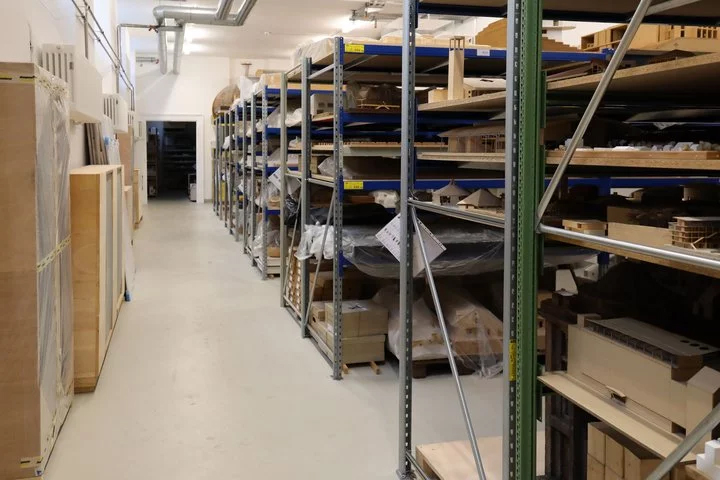Optimising the resources of heritage buildings Institute for Building Climatology and Energy of Architecture develops new assessment and planning approaches
The climate and energy crises require more sustainability in the operation of cultural heritage buildings as well as in the construction of new museums, libraries, archives and depots. In the recently launched research project “Resource-Optimised Cultural Heritage Buildings (Memory Institutions) – ReKult”, new assessment and planning approaches for the sustainable maintenance and construction of cultural heritage buildings are therefore being developed. The Rathgen-Forschungslabor (Rathgen Research Laboratory) of the Staatliche Museen zu Berlin (National Museums in Berlin), the Natural Building Lab of the Technische Universität Berlin, the Technical University of Munich and Technische Universität Braunschweig are pursuing the research topic. From the Braunschweig side, Professor Elisabeth Endres, head of Institute for Building Climatology and Energy of Architecture, is involved in the project.
In times of energy scarcity and rising energy costs, cultural heritage buildings (memory institutions), such as museums, archives, libraries and depots, face enormous additional expenses in their construction and maintenance. In addition, the ever worsening climate crisis raises the following questions: How can such buildings be operated appropriately? How can existing buildings be further developed? How must potential new buildings of memory institutions be constructed more sustainably?
The special feature of cultural heritage buildings is the interaction between objects, buildings, visitors and other users. In the future, sustainability will be a central and fundamental criterion in the planning and execution of the building. Museums and collection facilities need to reduce their comparatively high carbon footprint in order to counteract the effects of the global climate crisis and reduce resources. One example is the optimal indoor climate in terms of ventilation, temperature and humidity. According to today’s standards, rooms are operated with the maximum technology to condition and air-condition the room air. From a conservation point of view, however, this maximum operation would not be necessary at all. Accordingly, this current procedure is harmful to the climate.
Assessment System “Sustainable Building”
In the project, the researchers therefore first analyse the assessment system for “Sustainable Building“ of the Federal Ministry for Housing, Urban Development and Building. They then examine the extent to which the assessment system can be transferred to cultural heritage buildings. In the process, the specifications for preventive conservation of archived cultural heritage must be re-evaluated on the basis of holistic risk management. The foundations for this are provided by building-related elements such as digital models (Building Information Modelling, BIM), thermal-dynamic simulations and direct monitoring by sensors on the building. Sensor data can be used, for example, to adapt and optimise models. This will mark the necessary transition from a protocol-driven to a process-driven decision-making culture, which must be found in the “Sustainable Building” assessment system for memory institutions. At the end of the two-year research project, new planning approaches for museums, archives, libraries and depots should emerge.
The scientists from the four research institutions are therefore concentrating on the analysis of four core areas, targeted at the assessment system “Sustainable Building”:
- Appropriate protection requirement for objects, collections and buildings
- Appropriate building technology systems
- Recommendation on suitable sensor technologies and monitoring systems for a building model in the sense of a digital twin
- Conception of a memory institution module for the assessment system “Sustainable Building”
Project data
The joint research project “Resource-Optimised Cultural Heritage Buildings (Memory Institutions) – ReKult” is funded by the Federal Ministry for Housing, Urban Development and Building. The research organisation is the Federal Office for Building and Regional Planning (BBSR). The Rathgen Research Laboratory of the National Museums in Berlin, the Natural Building Lab of the TU Berlin, the TU Munich and the Institute for Building Climatology and Energy of Architecture of TU Braunschweig are involved.

